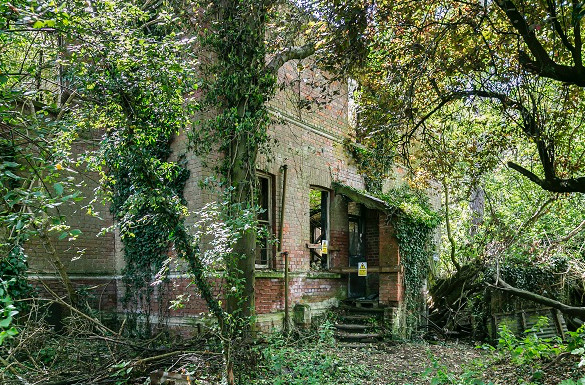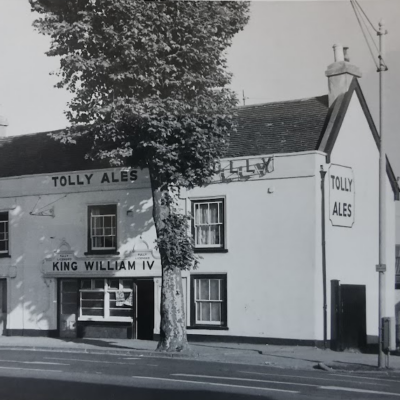Search by topic
- archaeology
- Building of Local Interest
- chapel
- charity
- church
- crime
- dressmaker
- fire
- Great Eastern Railway
- Listed building
- Mapping Relief
- medieval
- oral history
- poverty
- Public House
- Religious House
- Roman
- scholar
- school
- Then and Now
- tudor
- women
- work
- world war one
- world war two
Search by text
 Redlands, Longstanton 2023
Redlands, Longstanton 2023Redlands, Station Road, Lonstanton
History of Redlands
1901
Edwin Sidney Thoday
The house was built for E S Thoday, a seed merchant.
1911
William Stanley Spark
The property was sold in 1910 to W S Spark a stockbroker. In 1913 Spark shot himself while travelling on the Kings Cross to Cambridge train.
Circa 1929:
The property was sold to Abram Samoilovitch Besicoivitch, Fellow of Trinity College, originally from Ukraine. Died 1970.
After WWII:
Purchased by F L Dawson, a banker.
1956
A fire destroyed much of the interior and the roof. Two more fires followed, the worst in 1996.
1923
The site was sold by Cheffins who commented:
Now with only the remains of what was once one of the grandest properties in the local area still standing, the brick-built property sits in 1.12 acres of overgrown gardens with a number of outbuildings and is in need of fully clearing. The outer walls of red brick with stone flashings which remain, hint to the grandeur of the property when it was first built, scaling to an enormous height and with a number of large chimneys and the vast reception spaces which are still visible. … The property is accessed via a private bridge over a dyke, with the main access having been temporarily blocked. Redlands was removed from the rating list in 1996, following the extensive fire damage, and mains electricity, gas and water connections have been capped off.
Contribute
Do you have any information about the people or places in this article? If so, then please let us know using the Contact page or by emailing capturingcambridge@
License
This work is licensed under CC BY-NC-SA 4.0






